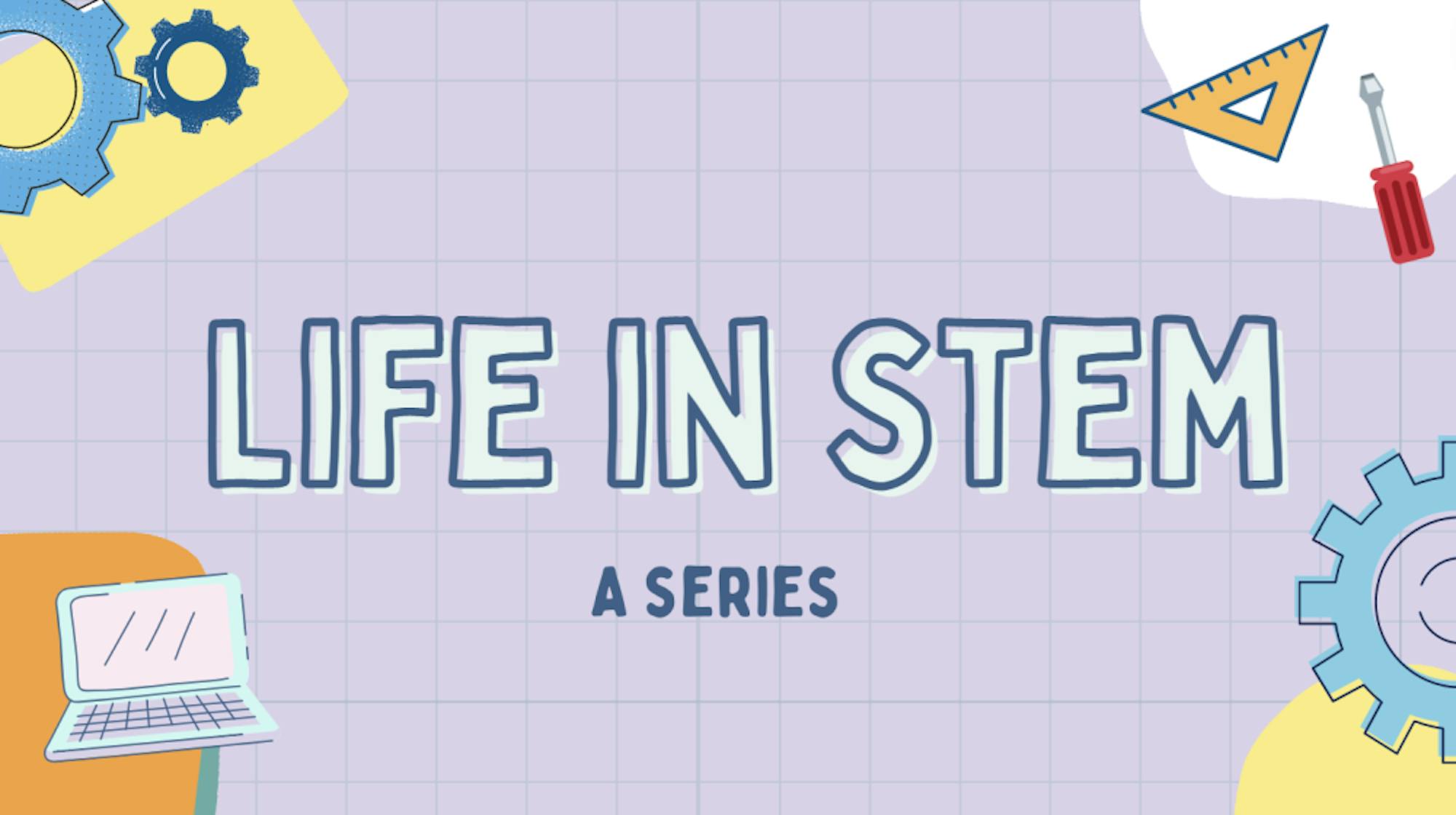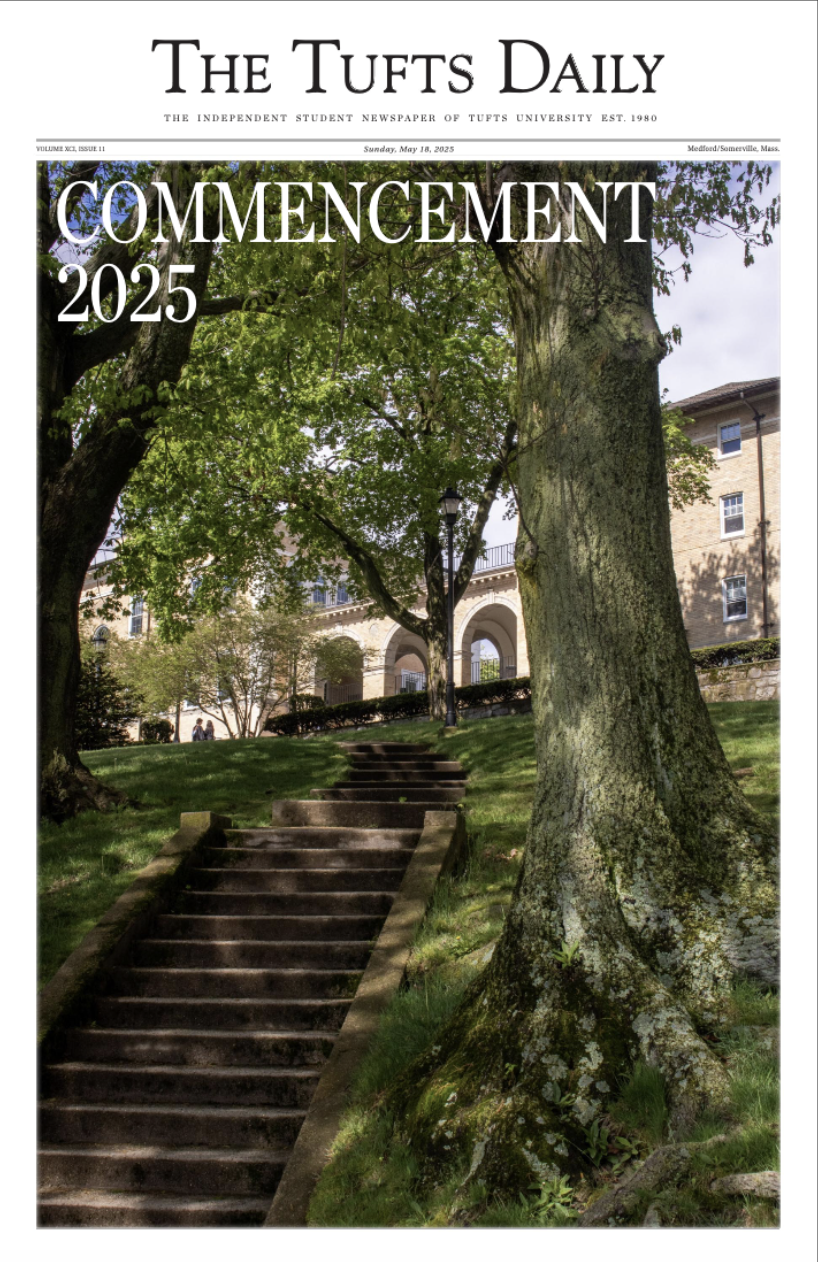I stared blankly at my phone as I read an incoming message, “Sorry, I forgot the dirt.” I was devastated. I really needed that bag of dirt. I had asked my friend to pack me a bag of soil when he was away in New Jersey for the weekend. Inside that bag would have been an assortment of bacteria, too numerous to count, fighting with each other for space and resources.
If we can find new types of bacteria, we can find new ‘weapons’ or antibiotics that they might possess, which helps us stay one step ahead in the microbial war against our greatest enemy: antibiotic resistance. Antibiotic resistance occurs when microbes develop the ability to protect themselves from the drugs that are supposed to kill them. This is an issue that is exacerbated by the excessive prescription and intake of medication. As one of the greatest problems in the public health sector today, antibiotic discovery has seen an alarming stall over the past 50 years.
This past summer, I worked at NovoBiotic Pharmaceuticals, a biotechnology research company in Cambridge that plans to change just that. Their research strategy is centered around one fact: 99% of bacteria can not be grown in lab settings, making them inaccessible for drug discovery. Using a new technology called the iChip, researchers can both isolate and grow bacteria that have never been grown before. For this to happen, we need bacterial diversity, which is why I asked my friend to bring dirt home from his vacation.
The iChip is a simple but ingenious idea: The device is a plate with 96 holes, each of which holds one bacteria. Wrapped around the whole plate is a layer of tissue that only allows nutrients to pass through. By placing these bacteria into the iChip and surrounding it with the soil they came from, the bacteria’s natural environment is mimicked, enabling them to continue growing outside their original habitat.
We are constantly met with challenges at NovoBiotic. After placing bacteria in these iChips, they have to be isolated in their soil samples for four weeks before they can be taken out and examined for new growths of interest. Therefore, the stakes are high — even a small mistake can mean a whole month wasted. However, even if the whole process goes smoothly, oftentimes the soil is devoid of richness. Fungi are extremely common and they can take up the entire iChip, making the bacteria we grew inaccessible. Even if there are no fungi and we are able to pick an interesting type of bacteria, it can be hard to get them to produce the antibiotics if they are not in competition mode.
As one of the most abundant forms of life, bacteria are an extremely diverse group of organisms. Within this group, there are species that differ in shape, size, habitat and growth mechanisms. How can we even begin to look for something if we don’t know exactly what it is? How do we find what we don’t know? The process is like looking for a needle in a haystack. Even with these challenges, my team at NovoBiotic remains hopeful and positive in the face of hardship.
I recall one day when the soil I was working with had hardened. It was extremely dry with so many rocks that it could cut up the thin tissue layer of the iChip. I had to find a way to make it usable. Just like any field of research, I had to troubleshoot, though not in a way one would expect. I grabbed a mallet from our storage room, sat on the floor of the lab and smashed away at the soil. By noon, my co-workers and I were laughing at how sweaty I was breaking up the dirt while we played The New York Times’ daily crossword puzzle as we did every lunch break.
Despite their importance, antibiotic research companies like NovoBiotic do not attract nearly as much investment as other forms of research in the biomedical space. Why would investors be interested in funding an antibiotic whose costs to produce would be more than the profit? The market audience would not be that large and there is a high probability that the bacteria it is fighting would develop resistance. So why bother trying?
The COVID-19 pandemic is only one example of how quickly infectious diseases can be spread and how necessary having a stable treatment in place is. As NovoBiotic’s vice president of research and development, Lucy Ling, wrote in an email to the Daily, “In the past few decades, effective antibiotics have been taken for granted. When you get a cut, just smear some over-the-counter antibiotics on the cut and think nothing of it. Prior to the discovery of antibiotics, that cut could kill you. Without new antibiotics, we could return to the pre-antibiotic era, and new advances such as cancer therapy, and organ transplants will not be possible.”
Working at an antibiotic research company has allowed me to learn that there is so much more to be done in places that are often overlooked. I would not have thought to look towards dirt to fight infections until working at NovoBiotic, but I learned that sometimes the solution is right below our feet, hidden in plain sight.
GOT SOIL? If you think you might have some interesting dirt in your backyard or are going on a trip and would like to play a role in the process of finding antibiotics, send me an email at tammy.tran@tufts.edu for simple instructions. Your contribution and impact would be greatly appreciated!






